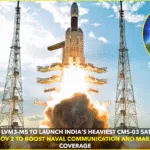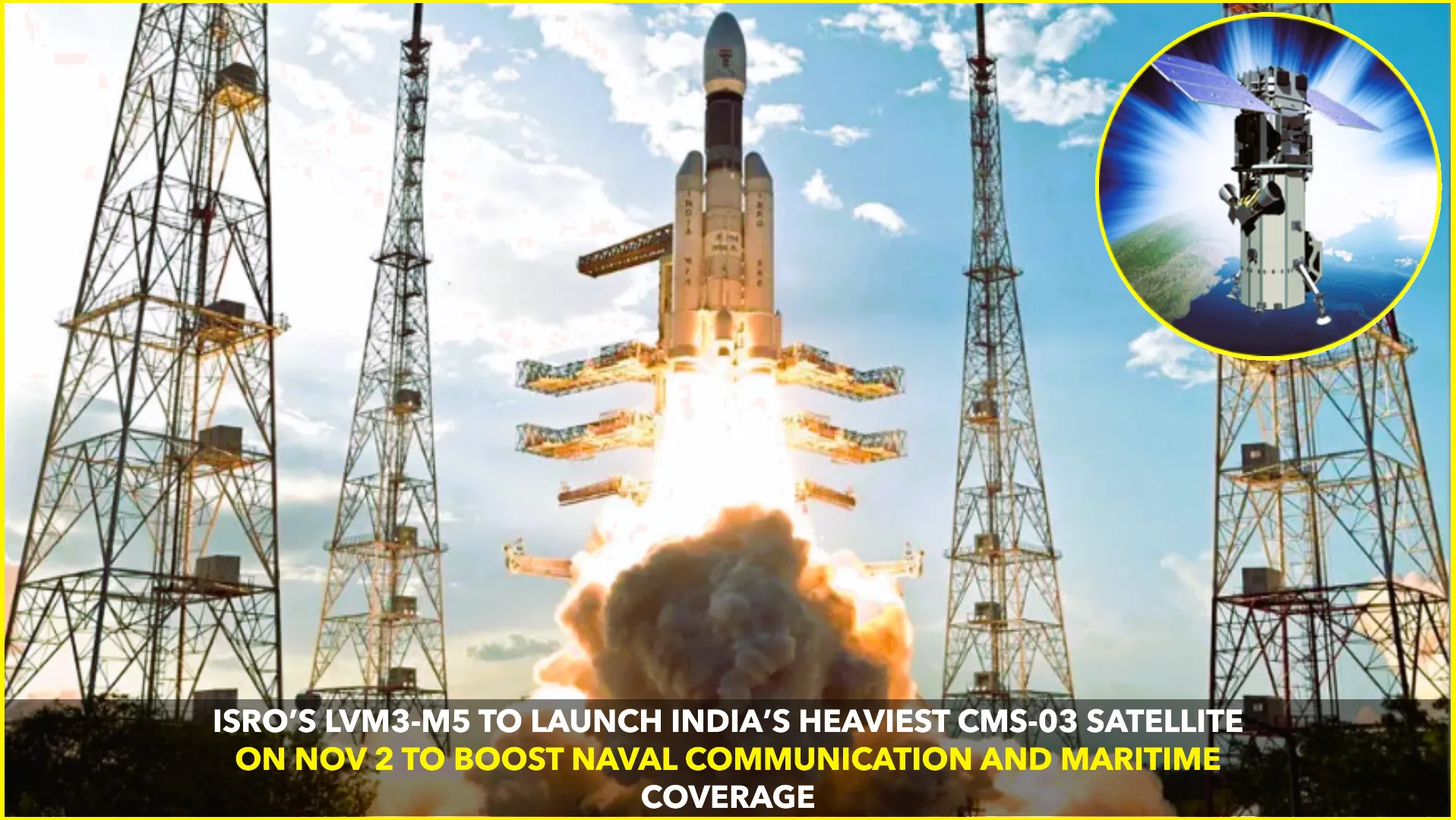India’s growing space sector is attracting global attention, but a key challenge threatens to slow its upward trajectory — a lack of manufacturing capacity. Former ISRO chairman S. Somanath highlighted this critical gap during a panel discussion at the Accel Advanced Manufacturing Summit held in Bengaluru on August 5, 2025.
Somanath, who led the Indian Space Research Organisation during several landmark missions including Chandrayaan-3, remarked, “Indian rockets are in great demand. But the problem is availability — it’s controlled by our ability to manufacture in numbers.” His comments underline a stark reality: while India’s space technologies have proven themselves globally, the industrial infrastructure needed to scale up production remains underdeveloped.
🌍 Demand for India’s Launch Vehicles Soars
Over the past decade, India has emerged as a reliable and cost-effective launch service provider. The country’s Polar Satellite Launch Vehicle (PSLV) and Geosynchronous Satellite Launch Vehicle (GSLV) have successfully placed dozens of foreign satellites into orbit. In 2023 alone, ISRO facilitated the launch of 36 OneWeb satellites as part of a major international commercial agreement.
This affordability and reliability have made Indian rockets increasingly attractive to global clients — from small satellite startups to government space agencies. But with only a few launch vehicles being produced annually, India struggles to keep up.
🏭 Limited Industrial Ecosystem a Major Hurdle
Somanath pointed out that while ISRO has made significant advancements in rocket technology and space missions, manufacturing remains bottlenecked. “It’s not about design or technology anymore — it’s about how quickly we can produce,” he said.
The problem lies in India’s still-developing space manufacturing ecosystem. Most rocket components, engines, and systems are still produced under government control, often at ISRO facilities, limiting the scale. Though private space startups like Skyroot Aerospace and Agnikul Cosmos are now emerging, they have yet to reach full-scale production capacity.
🚀 Call for Public-Private Collaboration
To address this gap, experts at the summit, including Somanath, called for deeper collaboration between the government and private industry. India’s 2020 space policy reforms, which allowed private players to build and launch rockets, were a step forward — but more is needed in terms of funding, infrastructure, and policy clarity.
Accel’s summit focused on the theme of advanced manufacturing and brought together leaders from across aerospace, defense, and technology sectors. The consensus was clear: without rapid scaling of manufacturing capacity, India risks losing out on its chance to become a dominant global player in the space economy.
🛰 ISRO’s Future Plans and Global Positioning
ISRO continues to chart ambitious missions, including Gaganyaan — India’s first human spaceflight program — and Aditya-L1, its first solar observatory. The success of these missions could further increase international interest in India’s space capabilities.
But as Somanath emphasized, “Technology alone won’t take us far unless matched with manufacturing muscle.” If India can bridge this gap, it could unlock billions in revenue and thousands of high-tech jobs, solidifying its place among the world’s top space-faring nations.
Sources:










